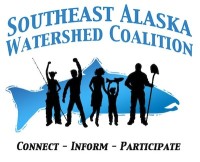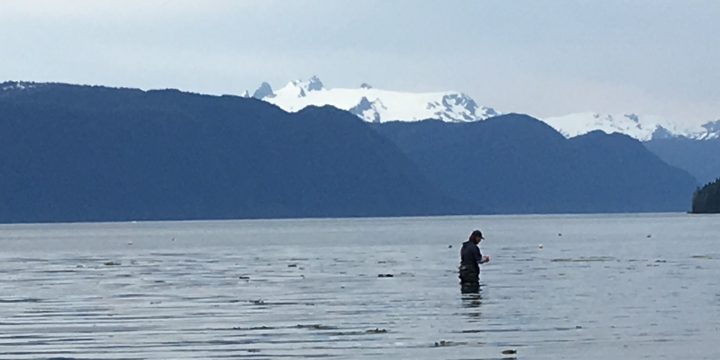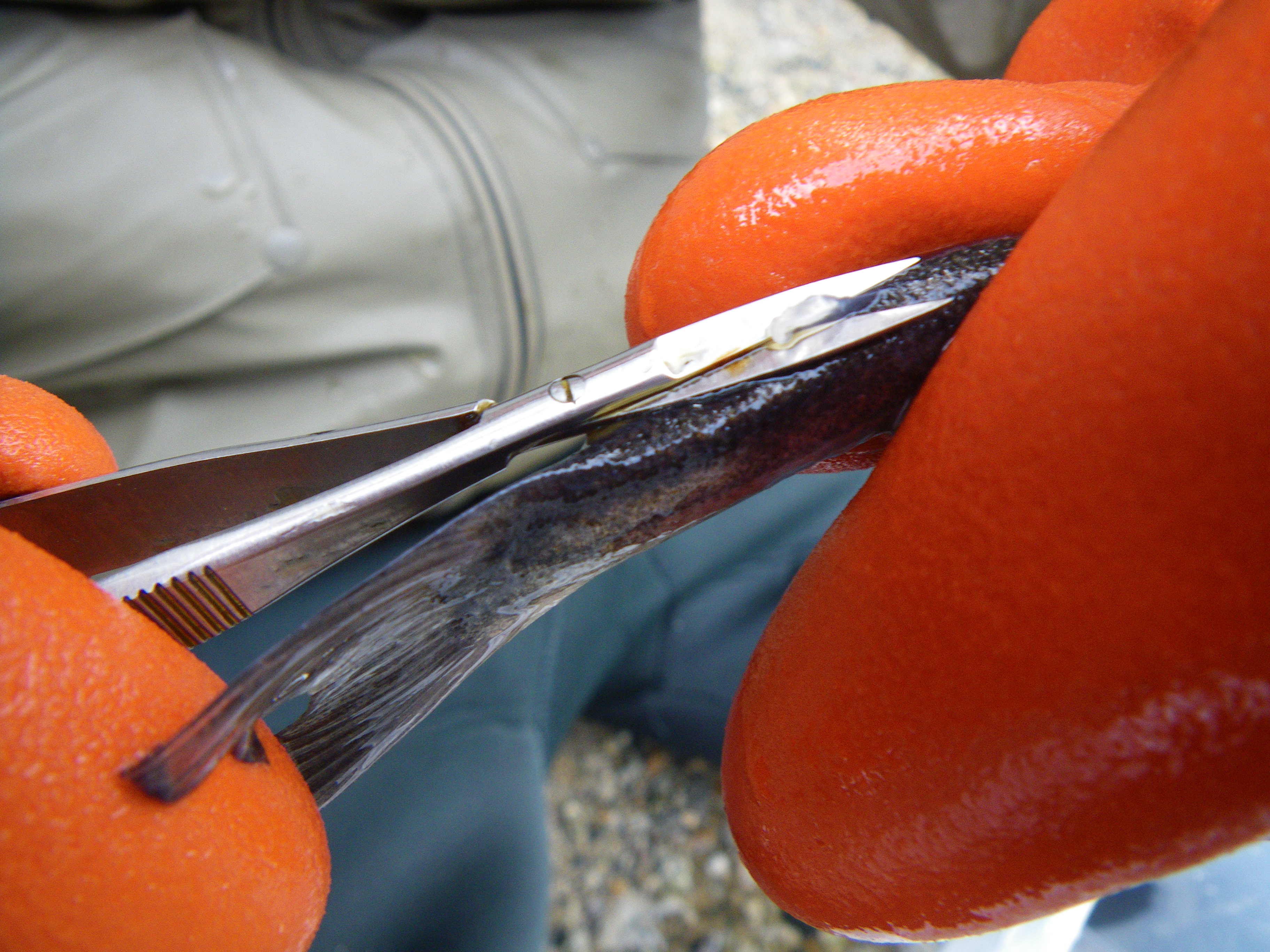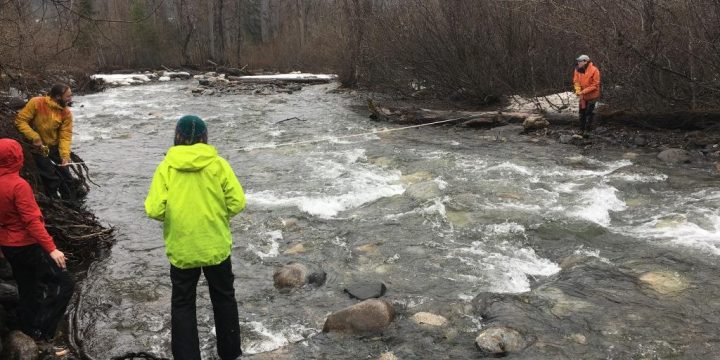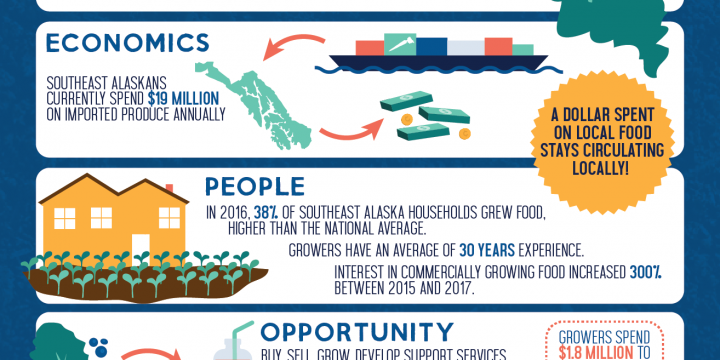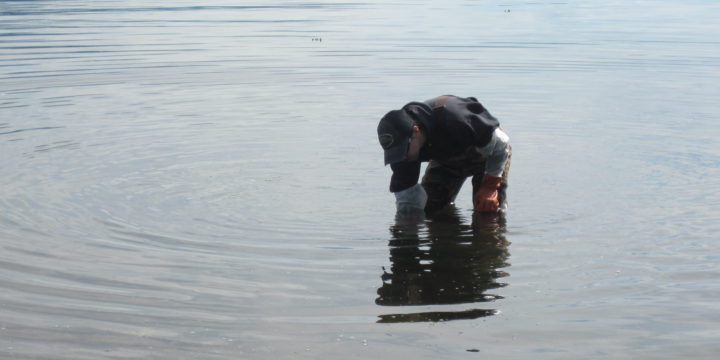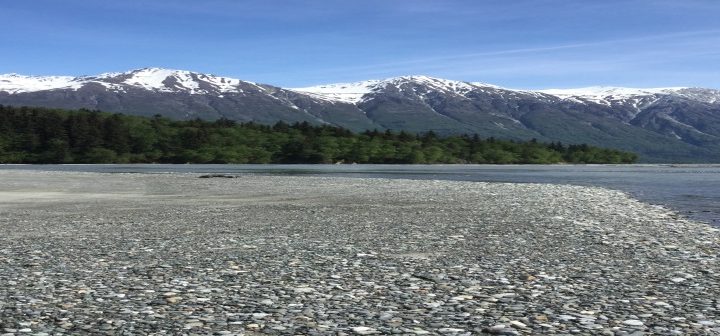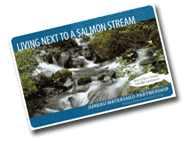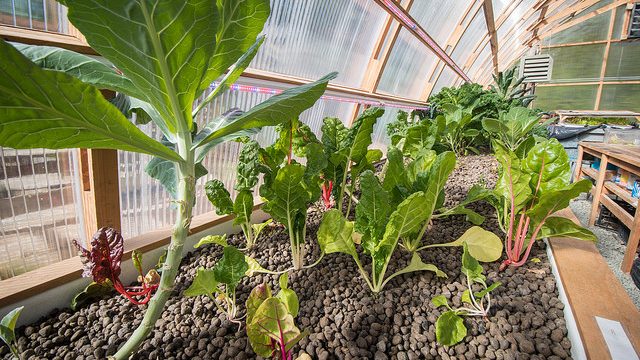
Path to Prosperity focuses on Local Foods: Twelve Entrepreneurs Compete for Award to Grow Business
The Path to Prosperity (P2P) business development competition has selected 12 finalists to advance to the second round of the 2017 program. P2P aims to identify and support new and growing small businesses in Southeast Alaska, especially those implementing sustainable practices into their business models. These businesses’ leadership is key to building social, economic, and environmental resiliency in Southeast Alaskan communities. READ THE FULL PRESS RELEASE HERE! Focused on Food For the 2017 competition, P2P is focused exclusively on Southeast Alaska food businesses. Eligible applicants must be involved in the growing, harvesting, processing, aggregation, preparation or distribution of food. Local food systems and community food security are of critical importance to the region, Spruce Root, TNC, and new P2P sponsor Southeast Alaska Watershed Coalition (SAWC). "Creating access to local foods…

